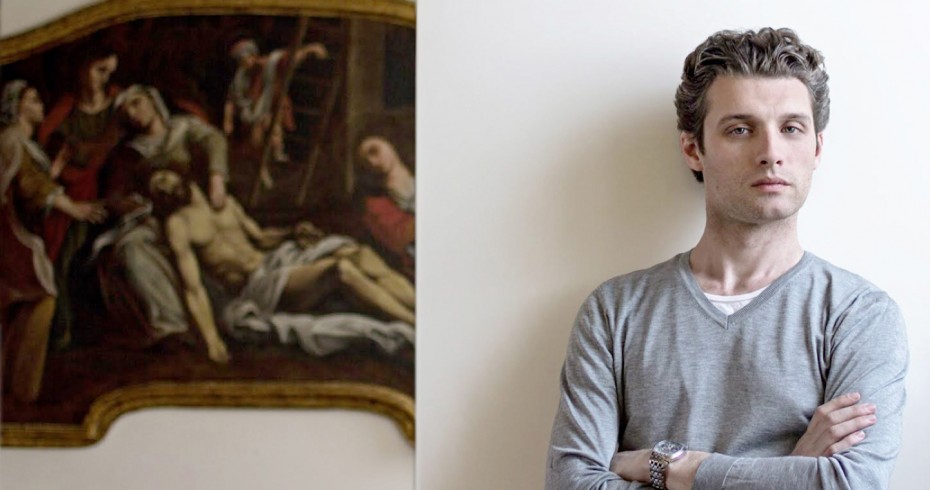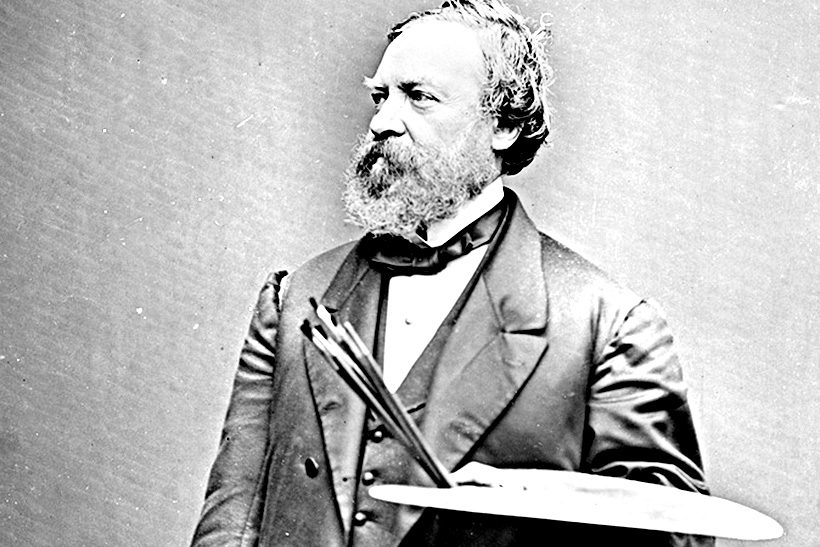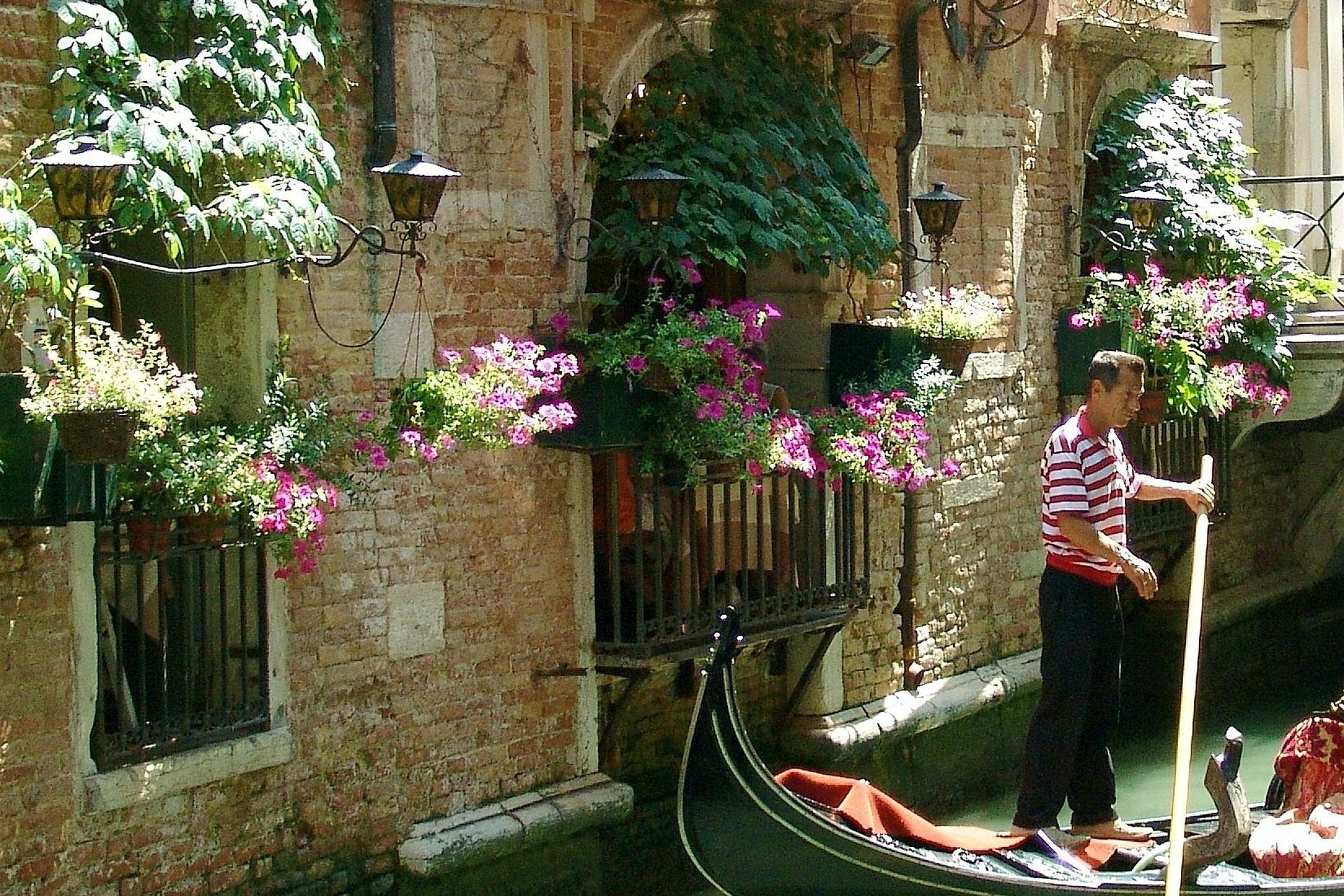Those who believe there’s no culture in Los Angeles, much less Italian culture, should reconsider their belief: L.A. residents interested in learning about Italy have plenty of opportunities to do so. Just consider that, as Italy pays tribute to one of its most influential writers and filmmakers, Pier Paolo Pasolini, on the 40th anniversary of his death, the Italian Cultural Institute of L.A. is hosting an event on November 2 to commemorate him on the day he was killed in Ostia, near Rome, in 1975. During the event, Gian Maria Annovi, Assistant Professor of Italian Studies at USC-Dornsife College of Letters, Arts and Sciences, will be in conversation with L.A.-based artist Nicola Verlato, the author of Hostia, an artistic tribute to Pasolini. We met Annovi to talk about Italian culture in L.A., what it’s like to teach Italian in the U.S. and why studying Italian will open up more opportunities than you may think.
Your Ph.D. dissertation on Pasolini was granted the ‘P. P. Pasolini Award for Best Doctoral Dissertation’. How did you become interested in this particular Italian author?
I started working on Pasolini during the years of my Doctorate in Contemporary Italian Literature at the University of Bologna. I was familiar with his work, since he is such a controversial Italian icon, but it’s only when I moved to the United States that I started working on him almost full-time. Pasolini is not my favorite author, but it’s an unavoidable figure, which is still able to challenge us in unexpected ways. So much that I ended up writing a whole book about him! It will be published next year, and I consider it my arrivederci to Pier Paolo. At least for now. Like in any complicated relationship, sometimes one needs to take a break.
Why would you say that it’s important to study Italian language and literature? How can Italian be useful in the world of work?
In today’s shaky economy, students are very preoccupied to secure a job once they graduate, so they are more and more oriented toward Professional Schools. The Humanities are indeed suffering because of this phenomenon, but I’m happy to say that the number of students minoring or majoring in Italian at USC has actually increased since last year. The problem is that many students think that the only option offered by a Major or Minor in Italian is teaching. It’s a gross misconception. Studying Italian not only allows students to discover an extraordinary rich and complex culture, but also offers them excellent career options. There are over 1,000 Italian companies operating in the USA, and just as many American companies operating in the Italian market, which is among the largest in Europe. However, I believe that among the most important things that Italian can teach our students are passion and curiosity for cultural differences. Throughout its history, Italy has always been a laboratory in which new ideas and subjectivities have been experimented and created. That’s why studying Italian offers our students the ability to learn how to think critically also about important global issues. And let’s not forget that Italian is the most beautiful language in the world!
Agreed. Was it always your goal to teach Italian in the U.S.? How does teaching and working at an American university compare to an Italian university?
Things always happen in very mysterious ways. Somehow, I decided to become a scholar after I first visited Los Angeles in 2002. I was an exchange undergrad student at UCLA for two quarters. When I returned to Italy, I decided to pursue a Doctorate, which was then followed by a Ph.D at Columbia University in New York. At that point, my path was clearly marked. I decided to stay in the U.S. and start an academic career here. It took me a while to understand how to fit in. Italian university is excellent, but the relationship between teacher and student is very formal, and somewhat professor-centered. It doesn’t really challenge the student to be part of the learning process. Sometimes, it can be slightly castrating for the student’s creativity and self-esteem. In American universities, students are instead at the center of the learning environment, and the whole focus is on individual potentialities. Of course, this is possible because the resources invested in education are also very different. But this is a whole other story….
You have lived and worked at universities in New York and L.A. How is the cultural scene different here compared to the East Coast, in particular as it refers to Italian culture and Italian-related events?
New York has an incredibly strong connection to Italy, and some very rooted Italian-American communities. Italy has a very visible presence in New York, and in its urban imaginary. It is way more difficult to find traces of the Italian-American community in Los Angeles. Very few people know, for example, that Italians were among the first immigrants when L.A. was still a Mexican pueblo. Or that an Italian built the first brick building in all of L.A. The building is still standing today, on Olvera Street, near the recently founded Italian-American Museum, a wonderful institution that plans to shed some light on the hidden history of Italians in L.A. Today, both New York and Los Angeles offer an incredible variety of Italian-related events. I wish I had the time to attend them all. Let’s just say that I don’t miss Italy too much…
What local organizations would you recommend to L.A. residents interested in learning more about the Italian culture and lifestyle?
I would certainly recommend the Italian Cultural Institute, which has now a new director, Valeria Rumori. They host all kinds of events and their website is a great source of information about Italian-related events, such as film festivals, concerts, and conferences. A very interesting thing to experiment with is also the app “Italy Art LA.” You can download it on your phone or tablet and discover the secrets of Italian art and architecture in LA.




























